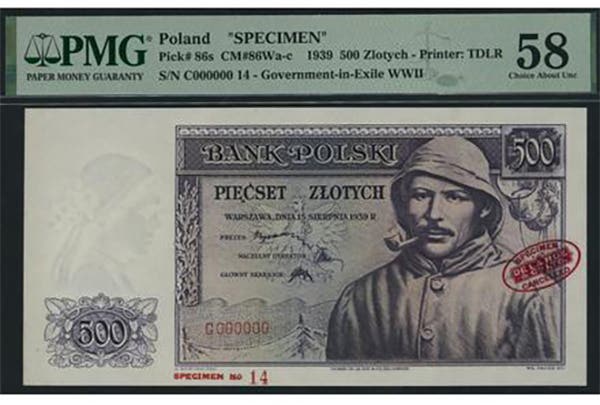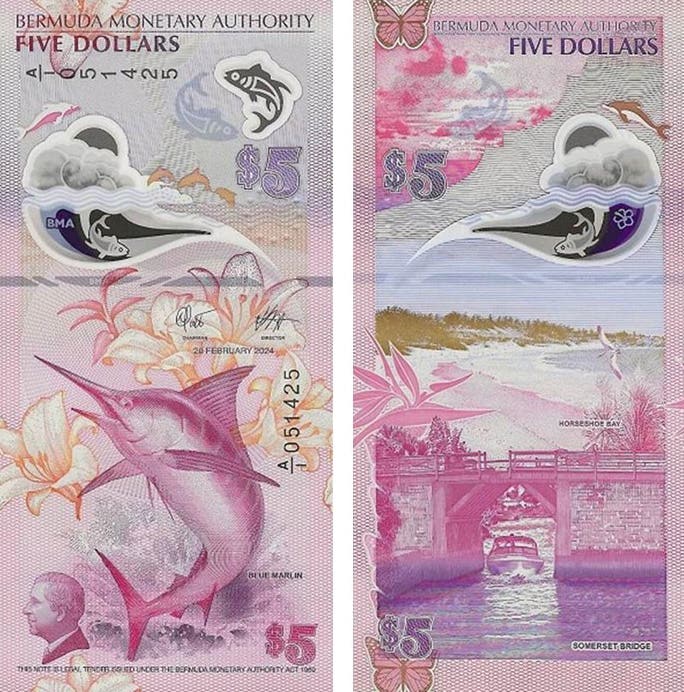Great new catalog on P.O.W. camp chits
by Neil Shafer Everyone can agree that World War II was a global tragedy. Millions were killed, suffering and despair reached new levels, and atrocities were overwhelming. Many of the…
by Neil Shafer
Everyone can agree that World War II was a global tragedy. Millions were killed, suffering and despair reached new levels, and atrocities were overwhelming. Many of the components of this unforgiving time of the most devastating human degradation imaginable have become targets of detailed research through numismatic channels that teach us all about this dark episode in world history.
Much knowledge has been documented in the decades since war’s end. One aspect that has been studied several times has to do with POW’s – prisoners of war. Thousands of POW’s were taken on both sides and placed in camps of various kinds. Camp money of countries other than the United States was the primary focus of researchers in this area, most likely because of the horrific conditions prevailing in those areas. The United States built approximately 700 camps all across the country, and a large number of them issued scrip-like tickets in little booklets that were used by prisoners at the canteen. These tickets had no value outside of their specific camp.
Several authors have attempted to write about these camp issues. The first was Albert Pick (1953), followed by Arlie Slabaugh (1965), Al Donn (1970), Lance Campbell (1993), and a couple of others. Donn’s work really concentrated on the issues of camps in the U.S.; his and Campbell’s were the standard references until this brand new catalog was produced.
Our co-authors are well suited for the great job they have done in revitalizing this area of concentration. They have uncovered new information pertaining to the camps themselves, all of which can be found under their respective states and cities. Important basic information is presented in the first pages, before the actual listings begin on page 16. This data should be carefully read before proceeding much further as it provides a real understanding of what the authors have achieved.
Cataloging proceeds by state, and camp listings appear to include all known places where some sort of camp was in operation. Apparently the authors have chosen to list many non-chit issuers as general information for each state. There is also some great background and anecdotal text provided for a number of camps throughout the catalog.
Realistic values in two grades, Circulated and Uncirculated, are given for most issues. These valuations include many moderately priced items along with a number in the hundreds of dollars. What I do not see anywhere is any differentiation between issued pieces and perforated or unissued examples, Specimens or printers’ samples (if all such pieces exist). Perhaps this omission was intentional, as it may be that, to possess an example of any issue regardless of its status as issued or unissued, is sufficient.
On pages 10-12 there is a general discussion about the chit booklets. The catalog does not go into specifics as to the various types of booklets known. Illustrations in the book show some of the different styles. Perhaps there is no good way to list these differences, and it may not be of real significance to most collectors. One thing that might help would be an indication of value for an average empty booklet cover (if such exists).
As with any listing of notes in a specific area, previously unrecorded issues can and do make their appearances. At the recently concluded Fest held in Port Clinton, Ohio, Dave Frank showed one to me that he had just found, and it turned out to be unlisted in their brand-new catalog! I think it is a 1c piece from Camp Gordon?
In the Foreword I wrote for the book I said that, based on what I was told, the result would be a truly landmark reference. This statement has been well borne out with the great work so apparent in this catalog. I congratulate the authors for a tremendous job that will greatly enhance the interest in this area.
To get this book, you can send a check for $29.99 to David E. Seelye, P. O. Box 13117, Prescott AZ 86304-3117. Also, you may contact him at davideseelye@gmail.com and he will send you a PayPal invoice.








